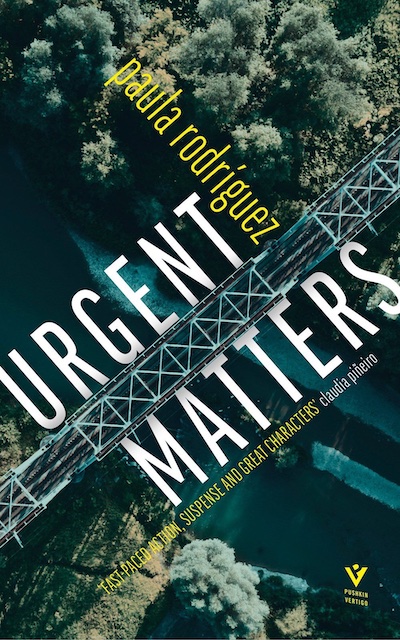“The only way to survive a whirlpool is to let yourself be dragged along by it,” realizes Evelyn, the confused daughter of an accused murderer. The murderer, Hugo Lamadrid, has been missing since a Buenos Aires train crash killed and maimed scores of passengers. Readers know that Hugo escaped the wreckage, where bodies are “piled up, jumbled together, crushed against the walls of the carriage, spilling out the window, dislocated, broken, busted.” But the police don’t know and have just been to his house about the murder. What the authorities do know is that Evelyn and her mother, Marta, suddenly and mysteriously got the urge to leave town after the police’s visit, and now the national media is fixed on the shrine they’ve set up at the home of Marta’s sister that begs the wounds “ofourlordjesuschrist” to help find poor, hapless Hugo alive on the train. A whirlpool indeed, in a book whose baroque abundance of language, strange observations, and even stranger ending are memorable and striking. For those who loved Julie Otsuka’s The Buddha in the Attic.
222
previous post
The Body in the Back Garden
next post

